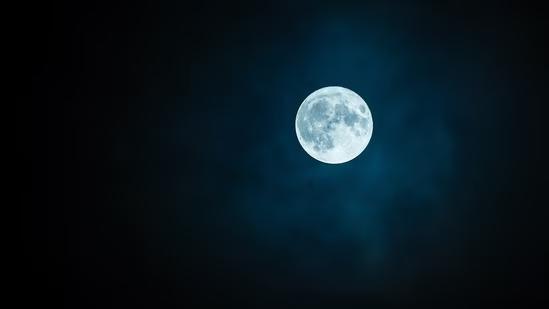
Why is August’s Full Moon Called the ‘Sturgeon Moon’?
As the world waits for the next full moon, NASA has confirmed that the August full moon, also known as the Sturgeon Moon, will reach its peak on August 9. But have you ever wondered where this name originated from? The answer lies in the history of Native American tribes in the Great Lakes region.
According to historical records, the Sturgeon Moon got its name from the abundance of sturgeon, a type of large freshwater fish, that were found in the lakes and rivers of the region during this time of the year. Native American tribes, such as the Ojibwe and the Iroquois, relied heavily on the sturgeon for food and other essential resources. The sturgeon was not only a staple in their diet but also played a significant role in their spiritual and ceremonial practices.
The Sturgeon Moon is one of the many traditional names given to the full moon in August, with other names including the Corn Moon, Black Cherries Moon, and Mountain Shadows Moon. Each of these names is steeped in history and culture, reflecting the unique experiences and traditions of the communities that gave them.
The Corn Moon, for example, is a nod to the ripening of the corn crops in late summer, a crucial time for many Native American tribes who relied on corn as a primary source of food. The Black Cherries Moon, on the other hand, refers to the ripening of black cherries, a popular fruit among many Native American tribes.
The Mountain Shadows Moon is a more poetic name, reflecting the long shadows cast by the mountains as the sun sets earlier in the day. This name is particularly significant in regions where the mountains are a dominant feature of the landscape, such as the Rocky Mountains or the Appalachian Mountains.
The Sturgeon Moon, however, remains one of the most iconic and enduring names for the August full moon. This is likely due to the importance of the sturgeon in the culture and economy of the Native American tribes in the Great Lakes region.
But what makes the Sturgeon Moon special? According to NASA, the August full moon is particularly significant because it marks the peak of the perigee, or the closest point to the Earth, of the Moon’s orbit. This means that the Moon will appear larger and brighter than usual, making it a treat for stargazers and moon enthusiasts.
The Sturgeon Moon is also special because it falls during a time of transition, when summer is giving way to autumn. This can be a challenging time for many people, as they adjust to the changing seasons and the accompanying changes in their lives. The Sturgeon Moon, with its promise of abundance and nourishment, can be a powerful symbol of hope and renewal.
In conclusion, the Sturgeon Moon is a name that is deeply rooted in history and culture. It is a reminder of the importance of the natural world and the interconnectedness of all living things. Whether you are a stargazer, a history buff, or simply someone who appreciates the beauty of the full moon, the Sturgeon Moon is a special sight to behold.
For more information on the Sturgeon Moon and other full moons, visit NASA’s website or check out online astronomy resources. And don’t forget to mark your calendars for August 9, when the Sturgeon Moon will reach its peak.






